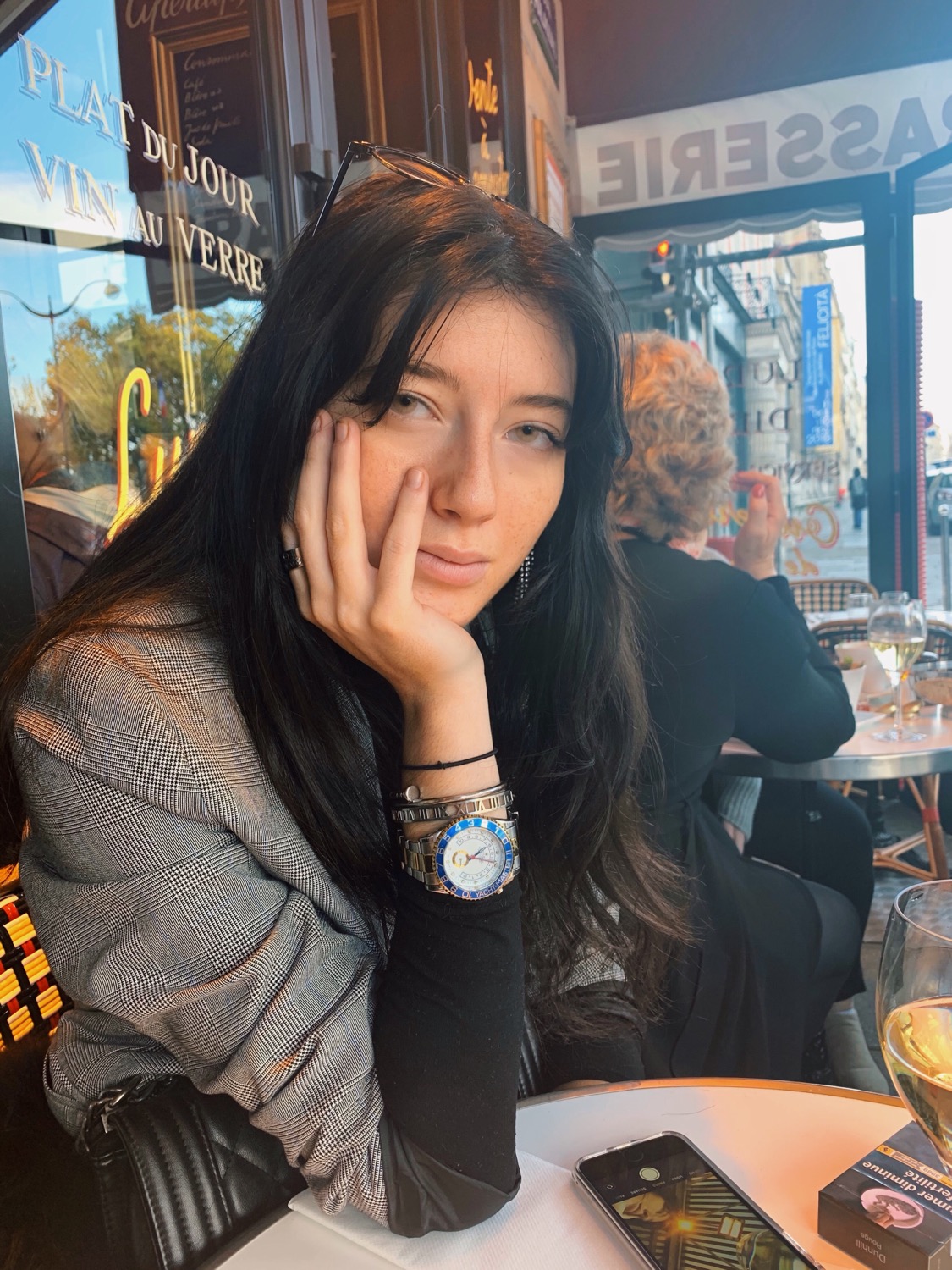REVIEW | DORA MAAR AT THE TATE MODERN
- Victoria Comstock-Kershaw
- Dec 11, 2019
- 3 min read
Although best known as lover and muse of famed Cubist painter Pablo Picasso, Dora Maar was an accomplished artist and photographer in her own right: her exhibit at the Tate Modern is a sparkling display of her mastery of the Surrealist style.

Maar's photography captures a spirit of simultaneous elegance and intrigue: movements and shapes are captured yet transformed beneath her lens. The exhibit guides us through her evolution and experiments: erotic portraits, street and fashion photography, montages and collages all make up the extended retrospective of her work. Her style is defined by overarching themes of classic surrealist geometry and eerie black-and-white luminosity. Her large-format negatives in particular demonstrate her talent at bringing the abstract into the mundane: her immense technical skills shine through her photomontages and collages, like the sharp shapes and precise cutouts of her untitled bust photograph or the sweeping landscapes of her Hand-Shell montage. Her street photography of 1930s London, Paris and Barcelona falls perfectly between the informal unpretentiousness of observational photography and the dignified rituals of Surrealism.

More and more London galleries are choosing to exhibit the lives and works of female artists that are usually only explored within the context of their male counterparts. Pre-Raphaelite Sisters at the National Portrait Gallery, A Letter in Mind – Making Light Work at Oxo Gallery and Zandra Rhodes: 50 Years of Fabulous at the Fashion and Textile Museum all examine the art and experiences of women previously only exhibited within the context of their male peers and parallels. Maar has long since been overshadowed by her association to Picasso, saying that "all his portraits of [her] are lies". The pair were lovers from 1936 to 1945, but the exhibit is quite careful in the way that it presents visitors with their relationship: it acknowledges the importance and influence that Picasso had over her career, but champions Maar's artistic interactions over his. It's undeniable that Maar played a far more important artistic role than any previous exhibits have touted: she worked on the details of the Guernica, she introduced him to many of the Spanish Civil War's radicals, she was the inspiration behind his Weeping Woman series, of which sketches are also on display. He also encouraged her to turn to painting, which was - as it has been pointed out - a bad move.


Maar's photography far outshines her work as a painter; her paintings often feel as if they are trying to imitate the modern analytic Cubism of her lover rather than express any actual desire to reflect the origins of the movement. There is little cohesion or creation to them, the colour palettes feel unnatural, the tones feel disconnected. But despite this dip into an art form that was clearly not meant for her, the final darkroom series of the exhibit, displaying her end-of-life works, shows that her talent for Surrealist photo manipulation never truly left. Dora Maar is a sprawling retrospective of a truly talented and fascinating woman with a deep talent for her art, a woman who was at the forefront of one of the most important photographic movements of the 20th century, and a woman who deserves to be remembered for more than being Picasso's muse.
Dora Maar is on at Tate Modern from the 20th of November 2019 to the 15th of March 2020. Tickets are £13, concession £12, family child 12–18 years £5, and members go free.
Image credits: Estate of Dora Maar / DACS 2019.










